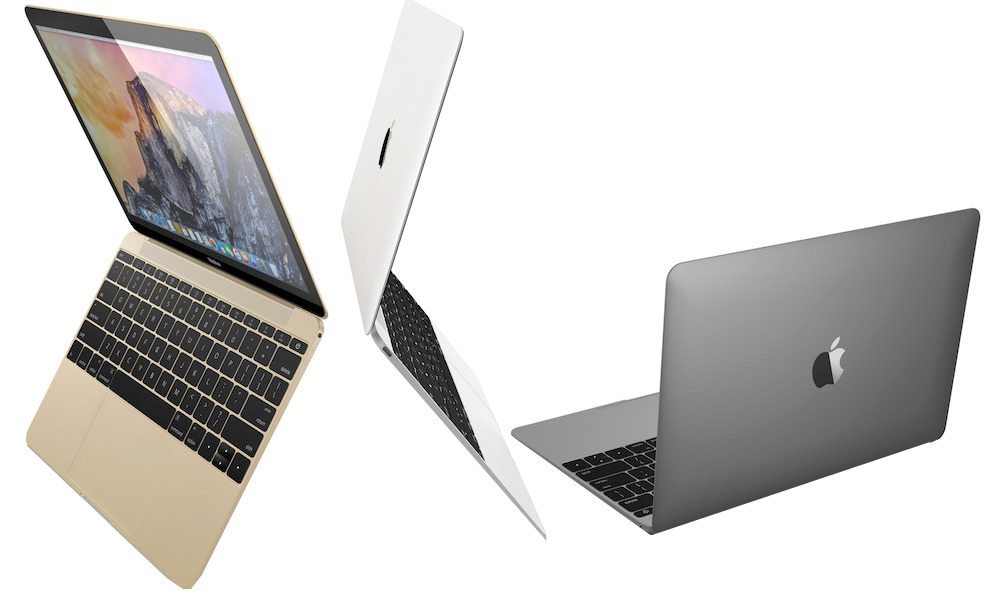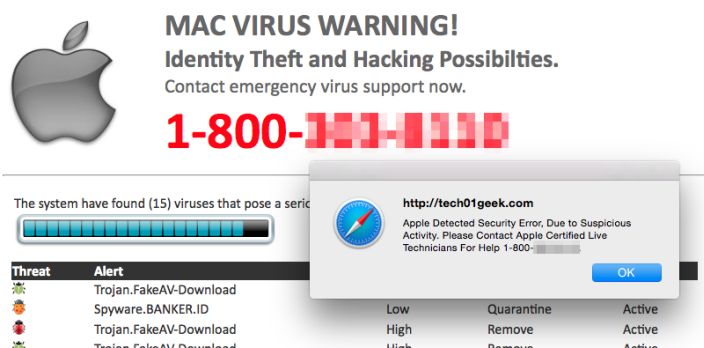

Although 2020 will surely go down as “virus year,” viruses on Mac are not going anywhere. Just recently, a fake Adobe Flash Player updater named Shlayer has infected 10% of all Macs in the world (according to Kaspersky’s lab).
Even newer malware type, Tarmac, is increasingly sweeping the Mac world. All it takes to contract it is to open a pirated website or even click a link on Wikipedia. At least that’s been the case with Shlayer, which had its malicious links planted inside Wikipedia’s external resources.
In this Mac Malware removal guide, we’ll tell you how to get rid of malware on your Mac. We’ll also cover how to tell apart different viruses on Mac: adware, scareware, and others. We’ll be using the manual methods as well as some respected antivirus tools for Mac. Let’s go.
Apple is always upgrading its security system to strengthen your Mac and keep malware away. But malware always finds a way through the security system. So, it is a good idea to download an anti-malware program to find any malware hiding on your computer and remove it. How to detect and remove viruses and malware on Mac computers. Many Mac computer users believe that Apple computers are perfectly protected from any type of malicious software or virus code. This situation might have been true for some considerable time, however, the prevalence of malware has increased with the growing popularity of Apple products. Jul 17, 2020 To check malware on MacBook, Apple started to build malware detection and file quarantine. But you can also install the ClamXav program or check your MacBook and browser regularly as well. Apple’s malware detection and file quarantine. This is a system built by Apple, that puts downloaded files in a sort of quarantine.
First off, let’s point out that the term “malware” is a broad term for all unwanted intrusions. It’s also not synonymous with the term “virus” because the latter is only a model of distribution i.e. how an app self-replicates. Here are common types of malware you can encounter on Mac:
Among these, PUPs are the most numerous type. According to Malwarebytes, Windows platform is no longer a hotbed for viruses — the macOS is. Clion 2017 1 download free. The has been a 400% spike in macOS-specific malware infections with an average of 11 threats per number of Mac devices — the same figure for Windows is only 5.8.
Oftentimes a malware app would trick you into believing it’s perfectly harmless. Such apps are known to disguise themselves as antiviruses, extractors or video players. But how to check your Mac for viruses? Here are some of the tell-tale signs:
By clicking on fake Flash Player updater. Or by installing a seemingly useful browser extension. As of 2020, a trojan browser extension NewTab infected 30 million Mac computers. This malware disguised itself as a parcel tracking helper but was in fact spreading ads. So how to protect your Mac from malware? You can start by studying typical infection gateways.
Just as with any disease, to doctor a virus you need to remove the infected part of your software — as simple as that.
If you know which app on your Mac is malicious, you’re half-way through the problem. First of all, you need to close the app and then root it out from the system processes.
Now go back to your Applications and move the app to the Trash bin. Immediately empty the Trash.
This method is simple, but for the best malware removal results, you’d have to invest a bit more time. There are still parts and pieces of the virus app scattered around your system folders. It’s a bit like killing a dragon that re-grows its head after you’ve chopped it off. To remove malware from your Mac completely, it’s better to use a powerful uninstaller.
CleanMyMac X has a 10-year reputation of guarding Macs around the world. The app will scan your Mac for any vulnerabilities and offer immediate removal if it finds something suspicious. CleanMyMac detects thousands of malware threats, including viruses, adware, spyware, ransomware, cryptocurrency miners, and more. The app’s database is regularly updated to keep all those “-wares” away from your Mac.
Here’s how to remove malware from your Mac:
Most adware or spyware will try to sneak inside the bootup process. Good news, you don’t have to be Kaspersky to prevent this.
Now use the “—” sign to disable all the suspicious apps (like Mac Defenders) that you’ll find. Restart your Mac for the changes to take place.
Advertising pop-ups are browser-related, so whatever browser you are using, be prepared for a thorough cleanup. First off, don’t buy into whatever the ad is telling you. Some scary alerts would mention 343 viruses found on your Mac forcing you to immediately install a “Mac Defender” or “Mac Security” tool. Just ignore it and don’t click anywhere on the pop-up. Use [x] button and if it doesn’t close the ad, Ctrl + click the browser icon to quit the browser completely.
Additionally, make sure your browser’s homepage is set to standard Google page or other trusted source.
Apple lists several browser extensions as potentially malicious. The list includes:
This is just to give you an idea of how different these adware extensions could be. But if you’re looking at how to remove malware from the Mac Safari browser, follow this path.
And here’s how to remove malware from Mac Chrome. Open Chrome and click Window in the top menu. In the bottom of the list choose Extensions. This opens up the list of all your installed extensions. Now use a trash bin icon to remove the ones you suspect are adware viruses. Right after that, your Chrome experience should get much less distracting.
Just to be doubly sure, we recommend you to remove all the extensions you'll find. Macbook pro os x lion download. Later you can re-install each one separately.
You can prevent some malware attacks from happening by disabling JavaScript in your browser. Although, it may break certain webpages, your browsing will get more secure and, likely, faster too.
To disable JavaScript in Safari
So far we’ve covered browser Extensions, Applications, and Login Items trying to remove malware from your Mac. But these are not the only locations where malicious agents may be hiding. Another type of system services that could be affected by malware are the so-called Launch Agents and Daemons — yes, the name does derive from the word demon. These are small helper programs that stealthily run in the background, like software updaters or automatic backups.
While Launch Agents and Daemons are two different entities, both can be infiltrated by malware. As it often happens, trojan apps would place their executable files within the Launch Agents folder. The result — the virus app launches automatically and potentially harms or steals your data.
For Launch Agents, repeat the steps above, but this time search in 2 more locations:
/Library/LaunchAgents
~/Library/LaunchAgents
Inside you’ll find a bunch of PLIST files and if some of them look suspicious to you, delete them. Sure, the names of these files may not be very telling, but if you already know the problematic app that you are after, knowing this folder may help you fully extinguish it.
Don’t forget to reboot your Mac — until you do, all these files are still in memory.

If the manual path described here sounds too complicated, you can again be rescued by CleanMyMac X. This app has a special tool to remove malware Launch Agents.
By the way, this app has a real-time anti-malware monitor. It monitors for any problematic apps that try to get into your Launch Agents. If it finds such, it will notify you and offer to remove the intruder.
Below a few more ideas to help you remove malware from Mac.

As a conclusion, we’ve prepared a few basic tips to minimize your chance of catching malware in 2020 and beyond. They are just as relatable for a PC computer.
OK, looks we’ve covered how to remove malware from Mac including both manual and software solutions. Hope your Mac stays virus-free and may you never click on those scary Mac alerts again.
Windows PC users have been dealing with viruses, trojans and adware for decades, but until recently Mac users didn’t really have to worry about malware infecting their computers.
I’m sorry to say that’s no longer the case.
While the percentage of Macs that are getting infected with malware compared to Windows machines is still relatively small, reports of Mac adware attacks have been on a sharp rise of late.
If you start getting frequent pop-up windows, your web browser starts behaving erratically or your machine starts running slower than it used to, your Mac has probably been infected with adware.
But don’t worry, most Mac adware infections are easy to remove with a free tool called Malwarebytes Anti-Malware for Mac. Best malware protection for macbook air.
Malwarebytes for Mac is very easy to install and use. All you have to do is download the software and run the executable file.
Click here to read more about Malwarebytes Anti-Malware for Mac and download the latest version. It works just as well as the Windows version, and tbe basic malware scan and removal tools are free!
Bottom line: Mac users can no longer assume their computers are immune to viruses, spyware, adware and ransomware, because they are not.
The frequency of malware attacks on both Macbooks and Mac desktop machines is growing by the day. That’s why it’s important that you take steps now to protect your Mac before disaster strikes.
Bonus tip #1: As with Windows machines, much of the malware that’s infecting Macs is being spread via links and attachments in malicious emails. Read this post for tips on avoiding them.
Never miss a tip! Click here to sign up for my free Daily Tech Tips Email Newsletter!
